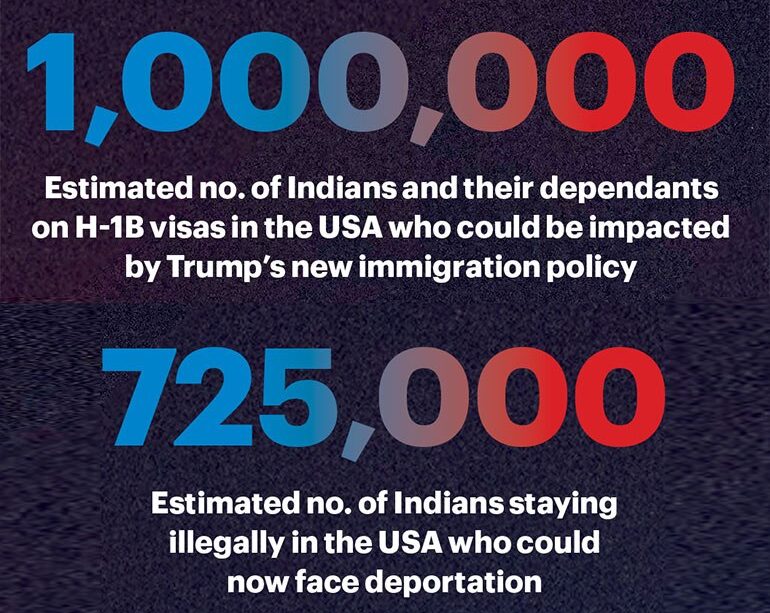Understanding H1B Visas: Current Trends and Future Outlook

Introduction to H1B Visas
H1B visas are a cornerstone of the U.S. employment system, allowing American companies to hire foreign skilled workers in specialty occupations. These visas play a crucial role in filling gaps in the U.S. labor market, especially in technology, engineering, and healthcare sectors. As the global competition for skilled labor intensifies, understanding the current landscape and implications of H1B visas is more significant than ever.
Current Trends and Updates
As of 2023, the U.S. Citizenship and Immigration Services (USCIS) reported a notable increase in applications for H1B visas, reflecting a robust demand for skilled professionals amidst a recovering economy post-pandemic. The registration process for the H1B visa typically opens in March each year, and in recent years, petitions have exceeded the allocated cap of 65,000 regular visas and an additional 20,000 for applicants with advanced degrees.
This year’s lottery system has come under scrutiny. Advocates argue for a more streamlined process, citing that many qualified applicants are left without opportunities due to the cap limits. Additionally, President Biden’s administration is exploring reforms aimed at prioritizing higher-skilled positions and reducing wait times for visa processing.
Challenges Facing H1B Visa Applicants
Despite the increasing number of applications, potential H1B visa holders face numerous challenges. The labor market remains competitive, with many companies reluctant to invest in the lengthy and complex visa application process. Furthermore, changes in immigration policies have added layers of uncertainty. Obstacles such as legal challenges regarding the wage level requirements and compliance audits by USCIS have led to delays and concerns among both employers and applicants.
Conclusion: The Future of H1B Visas
The future of H1B visas remains uncertain but critical for the U.S. economy’s growth. As technology evolves and global talent demand increases, reforms could enhance the system’s efficiency, potentially increasing the cap or allowing more exemptions for critical roles. For readers, particularly those considering employment in the U.S. or employers seeking skilled labor, staying informed about these developments is essential. The landscape for H1B visas is continuously evolving, and remaining proactive can ensure better opportunities for securing these valuable work permits.









